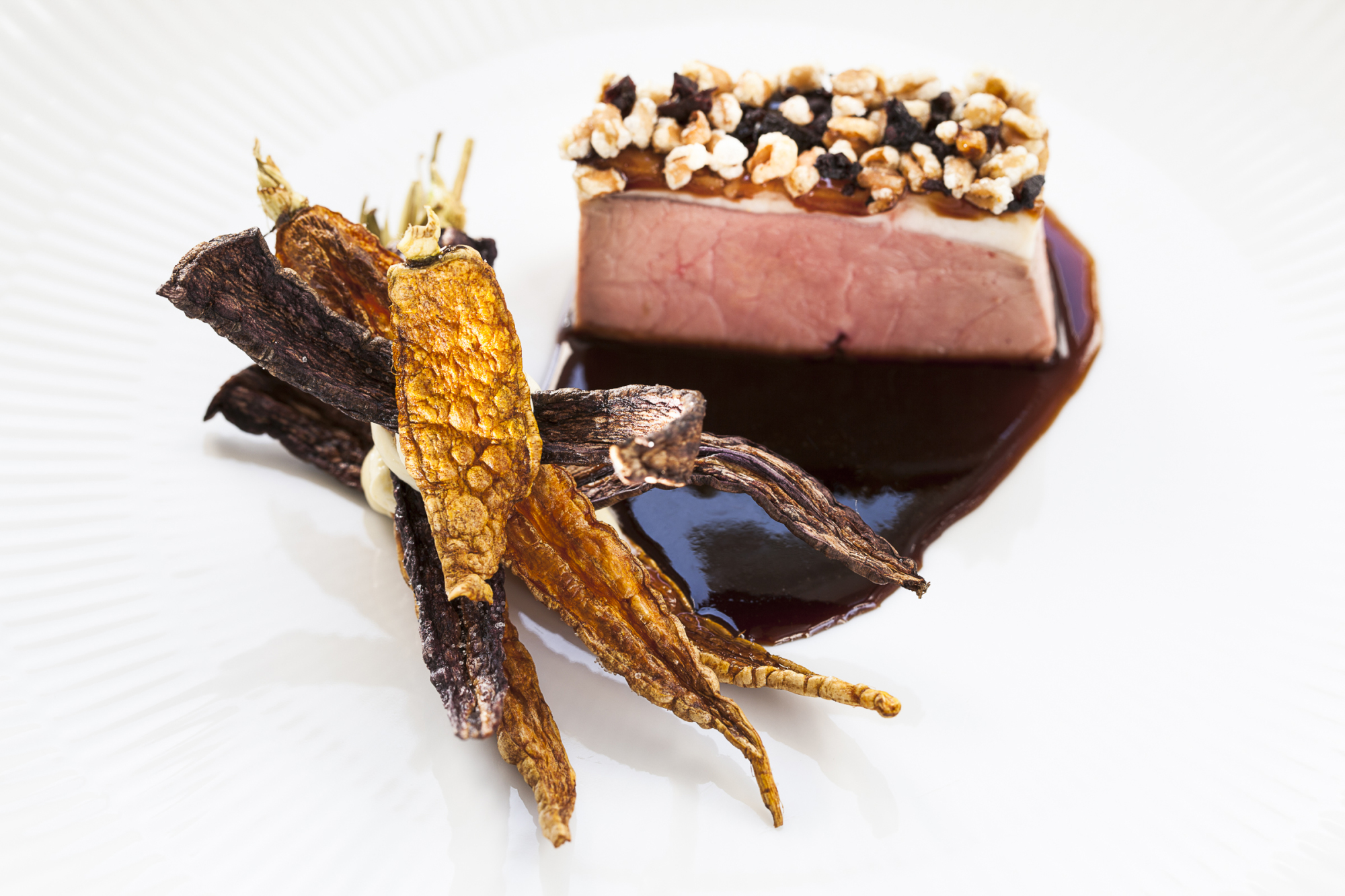Few people are likely to forget the first time they try shirako. The thought of eating cod sperm sacs may sound downright nauseating to the average Western diner, but those who pluck up the courage to try some are rewarded with an explosion of silkiness, more typical of a dessert than a savory dish.
It's an example of the importance of mouthfeel: the physical sensations that determine our enjoyment of food. If our taste buds were the only guide we had, a fillet steak would seem equally delicious after a trip through the blender. Clearly there's more to it than that: depending on what we eat, we expect our food to be crisp, tender, juicy, springy, gooey or smoother than ... well, milt.
As biophysics professor Ole G. Mouritsen and chef Klavs Styrbaek note in "Mouthfeel: How Texture Makes Taste," when diners in a restaurant send a dish back to the kitchen, it's normally because the meat is too tough, the soup is too cool or the French fries have lost their bite. It's not about how the food tastes, in other words, but about how it feels.



